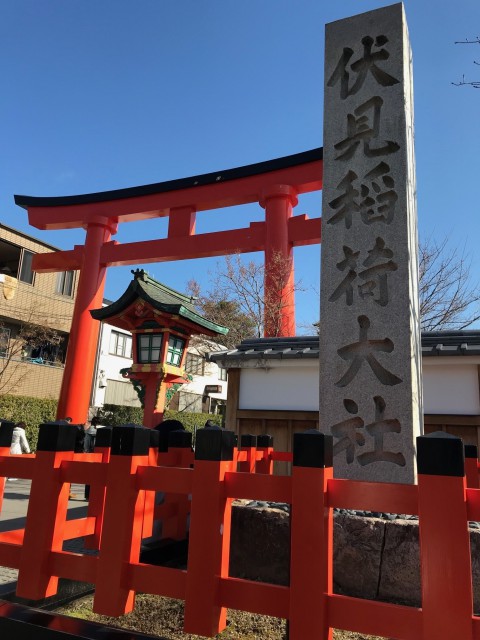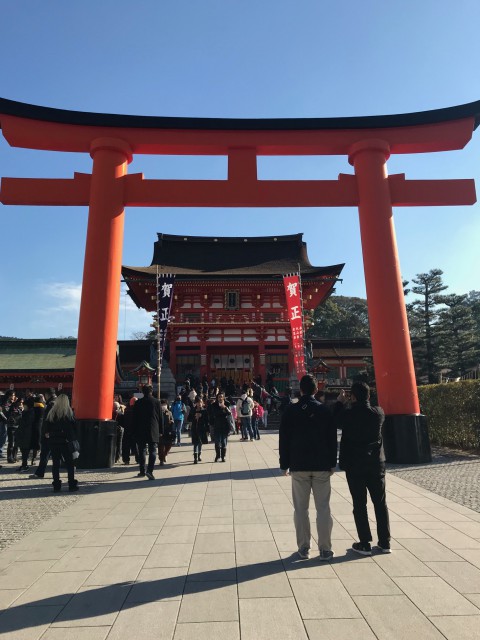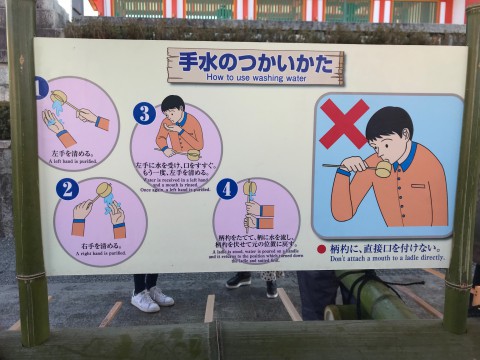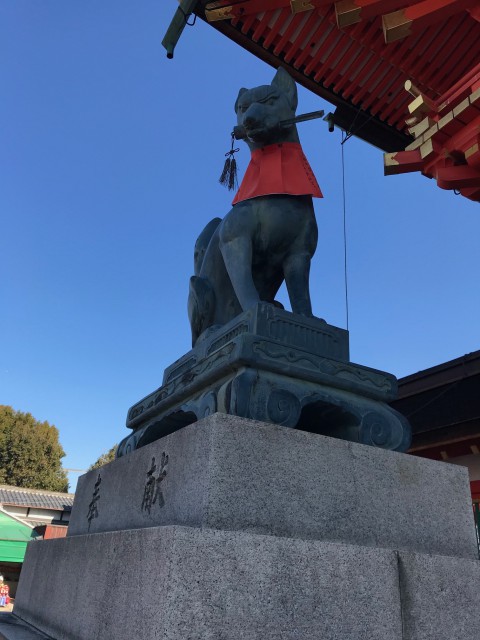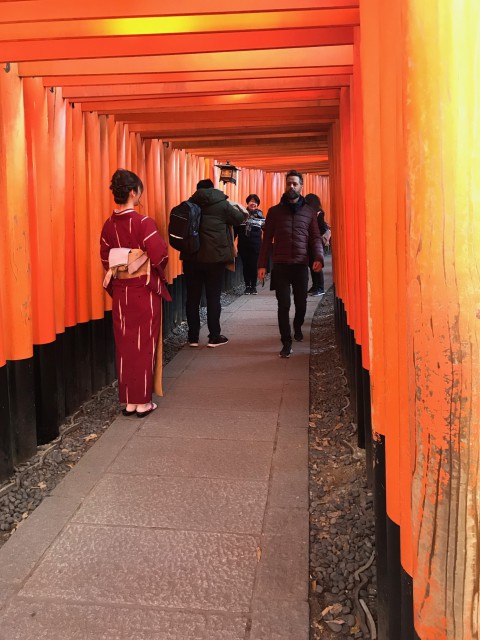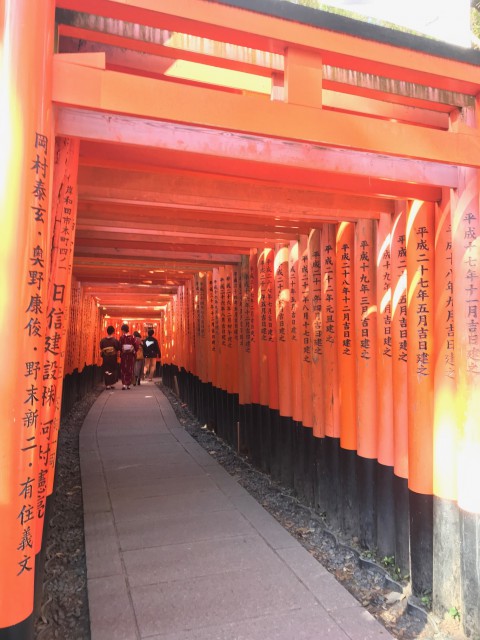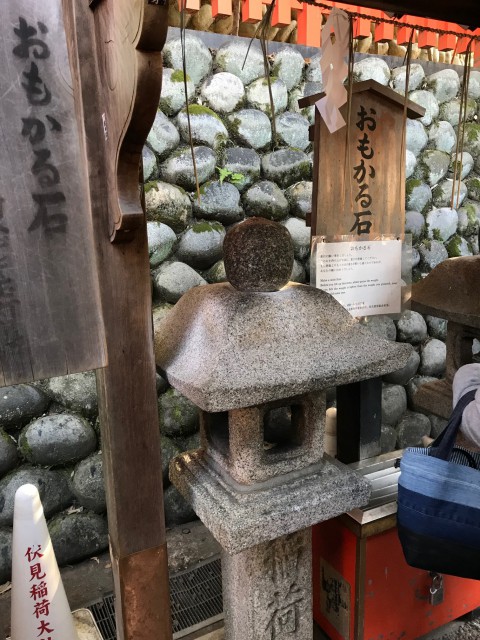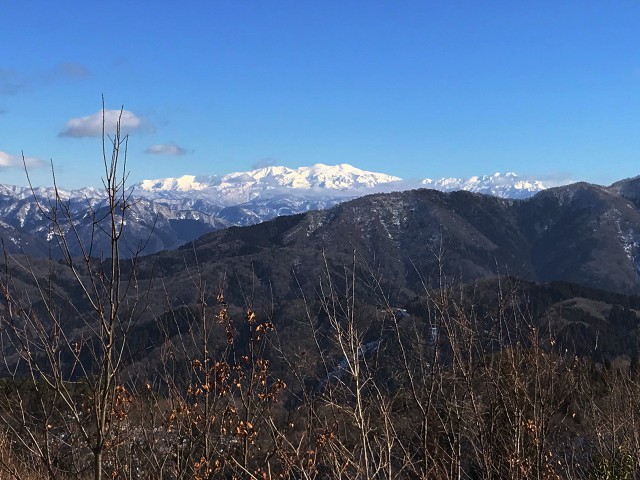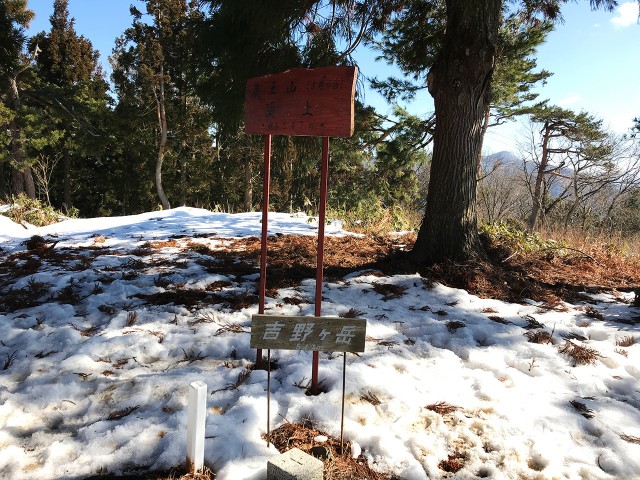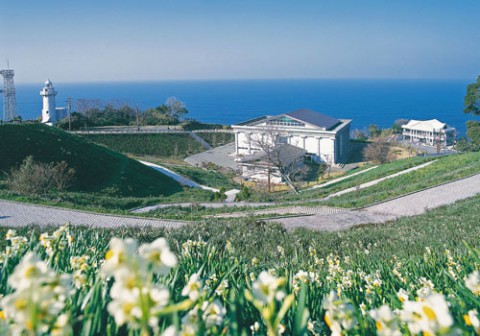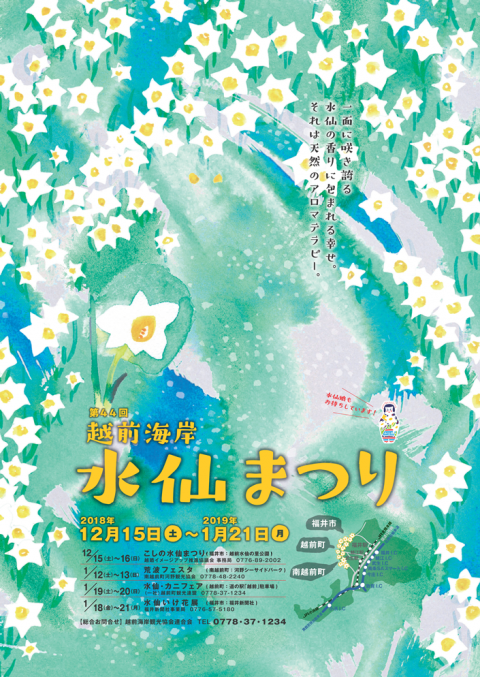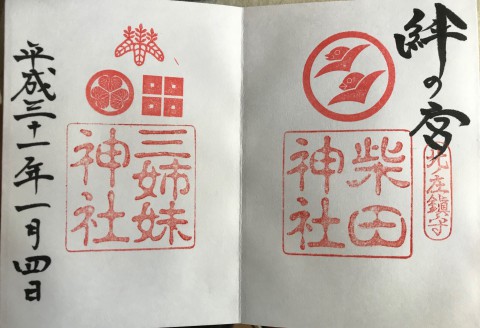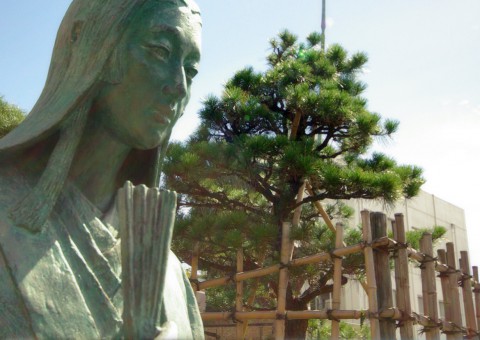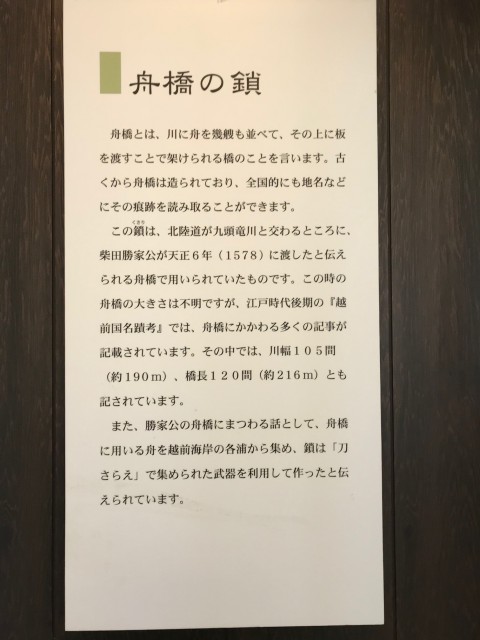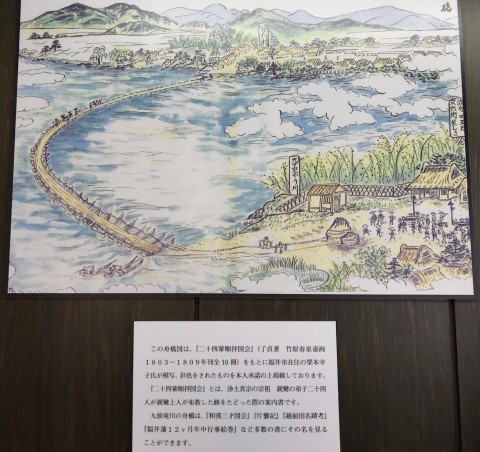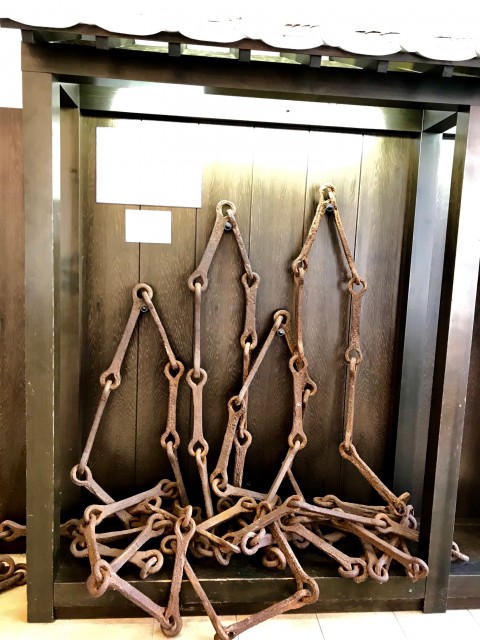Bonsai Exhibition of Ume Trees with Blossoms in Nagahama City, Shiga Prefecture
2019.01.18
The annual event, "Bonsai Exhibition of Ume trees with blossoms" is held from
January 10th to March 10th, 2019 at Keiunkan in Nagahama City, Shiga Prefecture.
It is the largest and the oldest one in Japan.
About 90 pots are exhibited, and some of them are 3 meters tall and 400 years old.
As soon as the visitors walk into the venue, they'd enjoy the sweet smell of the blossoms.
The beautiful colors of the blossoms amaze them for sure. Bright red, white and pink stand out in the Japanese traditional rooms and it brings up the gorgeous atmosphere of the exhibition.
I visited the exhibition a few years ago and it was impressive to see all the amazing Ume trees. It is going to be held until March, so I would love to go back there!
If you have a chance, how about visiting the Bonsai Exhibition of Ume trees with blossoms?
T.F


